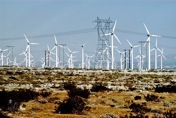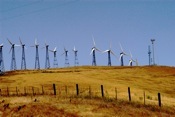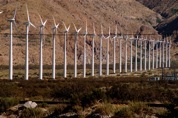Purpose of Environmental Design. Our work illustrates how ecologically sound building design can minimize adverse environmental impact. For example, the Symphony Road Housing, Wellfleet Public Library and the New Hampshire Audubon Society clearly demonstrate that incorporating effective environmental systems into building structures is the architect’s most powerful tool for environmental conservation. These projects utilize electric load management measures, conservation, daylighting and utility planning to produce buildings that annually consume far below national Energy Codes. As professionals in the creative arts, we show our clients how to think beyond steel and glass; and how to plan their projects in order to promote a healthier biosphere for all.
Distinctive and Innovative.Over the last two decades, our firm has consistently excelled at bringing together diverse partnerships. This is done in the interest of achieving environmental progress by bringing together parties who would normally be in opposition. In the Symphony Project, we brought together the large electric utility NSTAR, with the non-profit Massachusetts Audubon Society and a non-profit community group seeking affordable housing. The result is a working relationship where everyone gains . Our projects incorporate state-of-the-art building technology resulting in ‘tiny’ energy use. In recognition, we have received (3) National Awards for Energy Innovation from the U.S. Department of Energy; three State Energy Innovation Awards through the governor’s offices of New Hampshire and Massachusetts; and several lighting awards including a prestigious an International Lighting Award for Lighting Innovation. These awards recognize our consistently exciting, energy-efficient design for a varity of New England projects. Together, they reveal the potent inter-dependence of construction, energy use and environmental pollution.
Replicable Technology. Due to the great number of visitors and high visibility that our public buildings receive, ‘technical transferability’ is a high priority in our public building design. We plan these structures as models of practical, state-of-the-art technologies that the general public can see and use. Our environmental awareness, reputation for practical efficiency and demonstration track record have often been shared through the media, professional groups and public outreach programs.
Measurable Benefits.As buildings become increasingly expensive to build and maintain, it is essential that resource conservation be an integral part of design and construction. Our design work makes a clear statement about solving the problems of environmental impact. This extra attention to the wise use of building technology yields more pleasing and comfortable buildings to visit and work in. Most importantly, being in some of the most populous areas of New England, these projects are conceived with fossil fuel economy, land use conservation and electric load management as a high priority. This energy ‘belt tightening’ provides innovative and highly visible examples of long-term environmental efficiency where everybody benefits.














